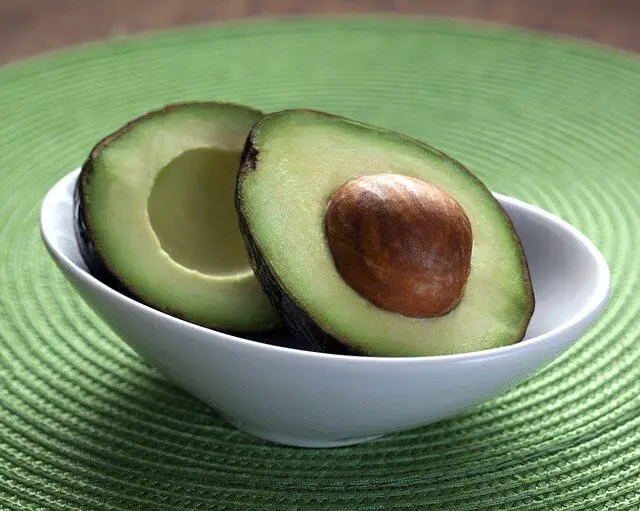A cluster of grapes is hard to refuse. It’s difficult to limit yourself to just one! Grapes are a popular fruit among many people, and they may be found in a variety of forms, including grape jelly, raisins, and, of course, wine. Grapes, on the other hand, are frequently vilified, particularly when it comes to diabetes. If you have diabetes, can you eat grapes?
Grape history
Grapes have been a part of human culture since the dawn of time. During the Neolithic era, humans began producing grapes as early as 6500 B.C. The cultivation of grapes and the production of wine got off from there. Grape cultivation expanded throughout Europe thanks to the Romans. Grape cultivation and winemaking were primarily linked with monasteries, but wine gradually became a component of religious ceremonies and social culture, and grape culture increased significantly from the 16th to the 20th centuries.
Some grape varieties are indigenous to North America. These species can withstand frigid temperatures and have a high level of disease resistance. Although Concord grapes are the most common American-derived grape, other types such as Norton, St. George, and Muscadine grapes are also available (in fact, the oldest grapevine in America is a 400-year-old Muscadine vine in North Carolina).
What are grapes?
Grapes are berries from a botanical standpoint. On woody vines, they grow in clusters. They might be pale green, red, yellow, purple, or black in color. Some grapes have seeds, whereas others do not. According to the website FoodRepublic.com, there are over 10,000 different grape types! Grafting has been used to create novel hybrids for several kinds. Some kinds are suitable for consumption, while others are better suited to the production of wine. The following are the best grapes to eat:
- Seedless Thompson
- Seedless flame
- Ruby with no seeds
- Concord
- The drop of the Moon
- Cotton Candy is a sweet treat.
Cabernet Sauvignon, Chardonnay, and Zinfandel are some of the grapes used in winemaking. If you like champagne, you should know that the three grape kinds utilized to manufacture this sparkling beverage are Pinot Noir, Meunier, and Chardonnay.
Health benefits of grapes
Grapes are abundant in antioxidants and so provide a lot of nourishment. Vitamin C, vitamin K, potassium, and fiber are among the other nutrients present in grapes. Here’s what grapes have to offer in terms of health benefits:
- Cardiovascular disease prevention
- Against cancer protection
- Reduce your blood pressure.
- Improved cognitive performance
- Controlled blood sugar levels
The antioxidant content of grapes, particularly the antioxidants resveratrol, lutein, and zeaxanthin, is responsible for many of the health benefits. Grapes’ capacity to defend against illnesses, inflammation, and even diabetic consequences like neuropathy and retinopathy is due to these natural compounds.
Grape seeds are also high in antioxidants; they are crushed to extract the oil and produce grape seed extract. A grape seed extract has 10 to 20 times more antioxidants than grapes and other foods. Grape seeds may also be processed into oil, which is high in antioxidants and vitamin E. This oil is great for stir-frying and sautéing, as well as roasting vegetables and salad dressings.
Grapes and diabetes
While certain fruits are better for diabetics than others, grapes are not one of them. Remember that grapes have a lot of health advantages to offer. Portion size is important, as it is with most meals. If you’re keeping track of carbohydrates, you’ll see that a serving of grapes has 17 calories. This is due to the fact that one dish contains 15 grams of carbohydrate (i.e., one carb choice).
If you can’t stop yourself from eating all 17 grapes, split them out into a tiny plate or a snack-size baggie. Furthermore, chewing frozen grapes may take a bit longer, making you feel more fulfilled with those 17!
How to enjoy grapes
Grapes are excellent straight off the cluster, but there are a variety of additional ways to eat them:
Grapes should be chilled before being added to a chicken, fish, or pasta salad.
For a balanced blend of carbohydrates and protein, combine a couple of grapes with your favorite cheese.
Grapes may be frozen for a fast snack or sliced and added to sparkling water.
When creating your morning smoothie, toss a few into the blender.
Conclusion
Grapes include a substance that may aid in the treatment of diabetes. According to a study published in the “European Journal of Pharmacology” in June 2010, resveratrol, a phytochemical found in red grape skins, modifies the blood glucose response by changing how the body secretes and utilises insulin in animal models of diabetes. Resveratrol may also help people lose weight, which can lower their risk of diabetes complications. While the more human study is needed, grapes’ potential health advantages and overall healthy nutritional profile make them a suitable choice for a portion of your daily carbohydrate intake.



